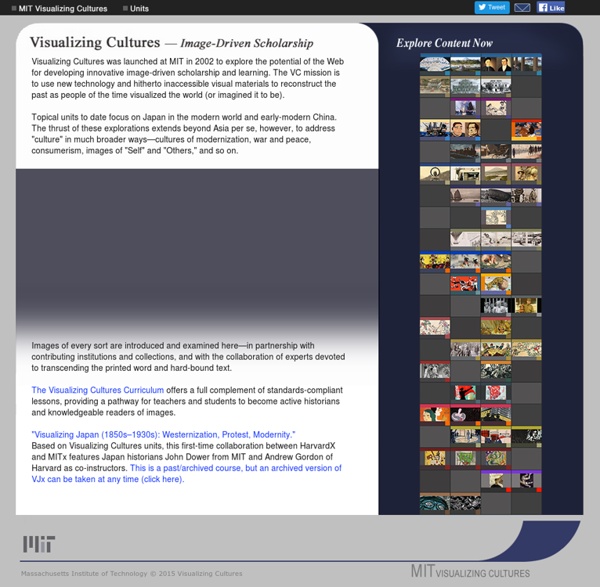MIT Visualizing Cultures

Brain Pickings
Welcome to My Resource Cloud
EssayTagger.com - Grade Essays Faster
NoteWagon: Good Notes Pay Off
EdListen
Paper Rater: Free Online Grammar Checker, Proofreader, and More
The Best Sites That Show Statistics By Reducing The World & The U.S. To 100 People
Reducing statistics to “if _________ were 100 people, then __________” can make them very accessible, engaging, and thought-provoking. For example, there’s the well-known “If Twitter Was 100 People” infographic. There are also several sites that use “gimmick” to illustrate much more important data about the world around us. I thought they might make a useful “The Best…” list for English Language Learners and others. Here are my choices for The Best Sites That Show Statistics By Reducing The World & The U.S. To 100 People: Miniature Earth is a pretty amazing site. USA has an article about a book and school curriculum that portrays the United States as one hundred people. 100 People: A World Chart is also accessible. The World of 100 is a series of infographics highlighting various statistics. Here’s a site that uses Lego-like imagery to reduce the world to 100 people in different categories — weird, but, I think, effective. “If The World Were A Village Of 100 People” is a good infographic.
PBLU.org | Making Projects Click
Related:
Related:



